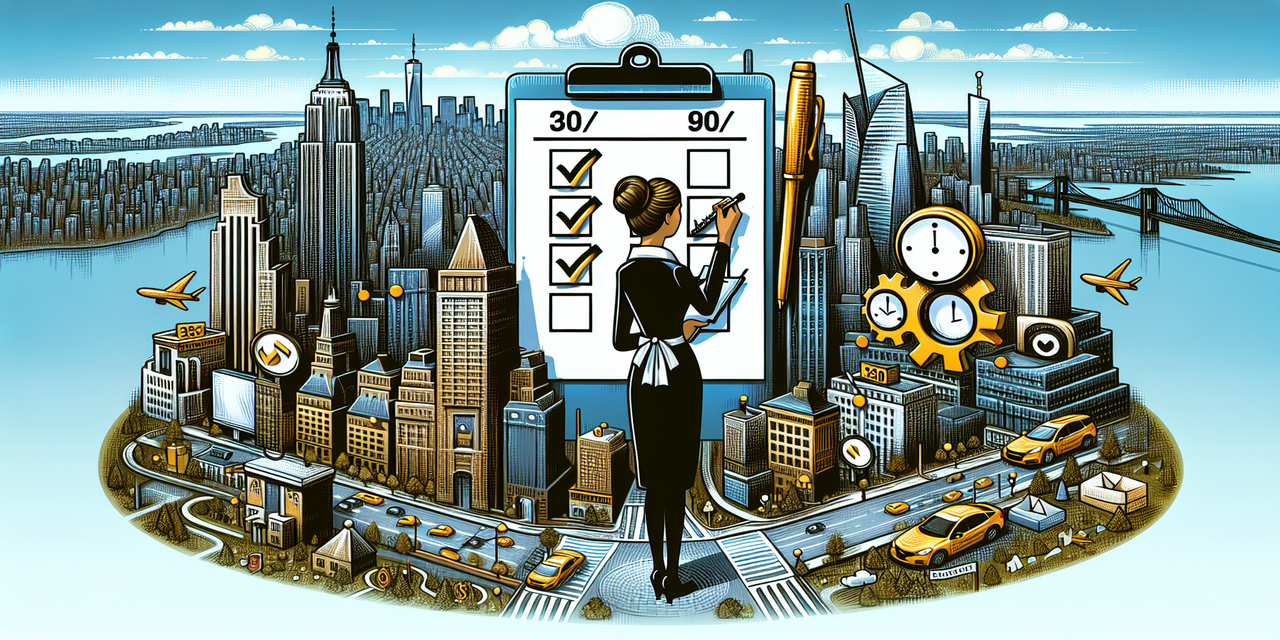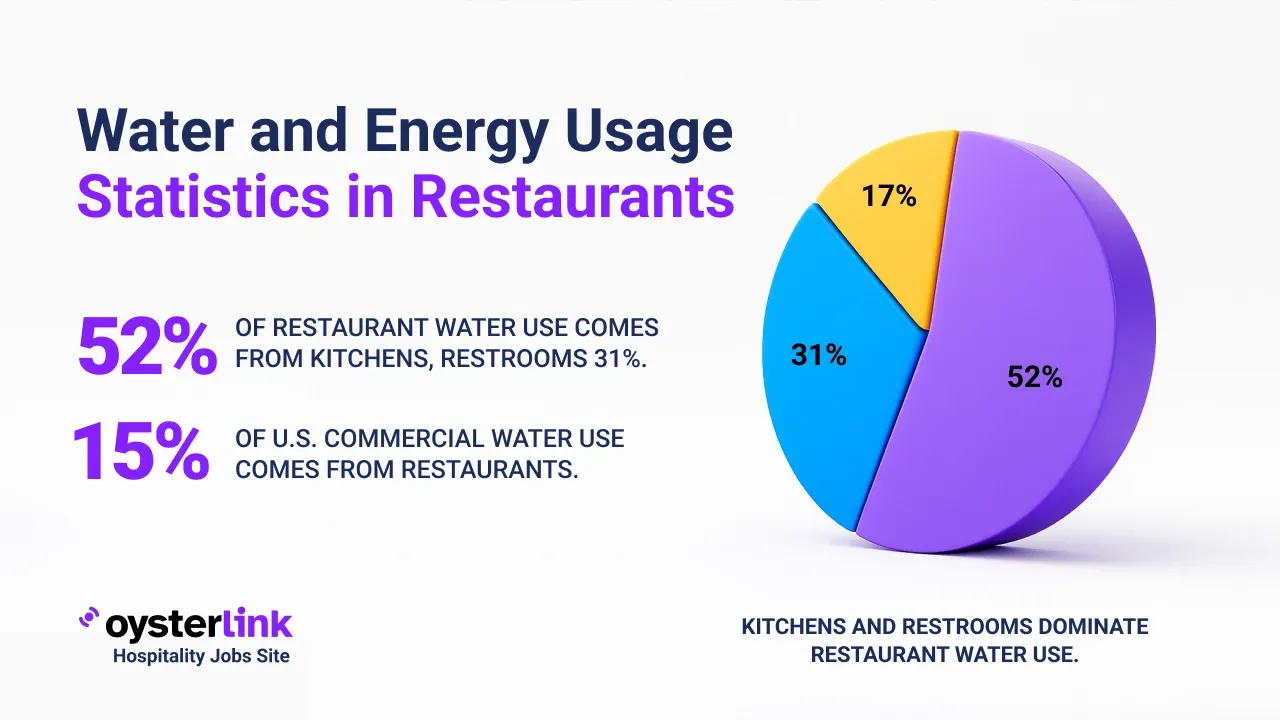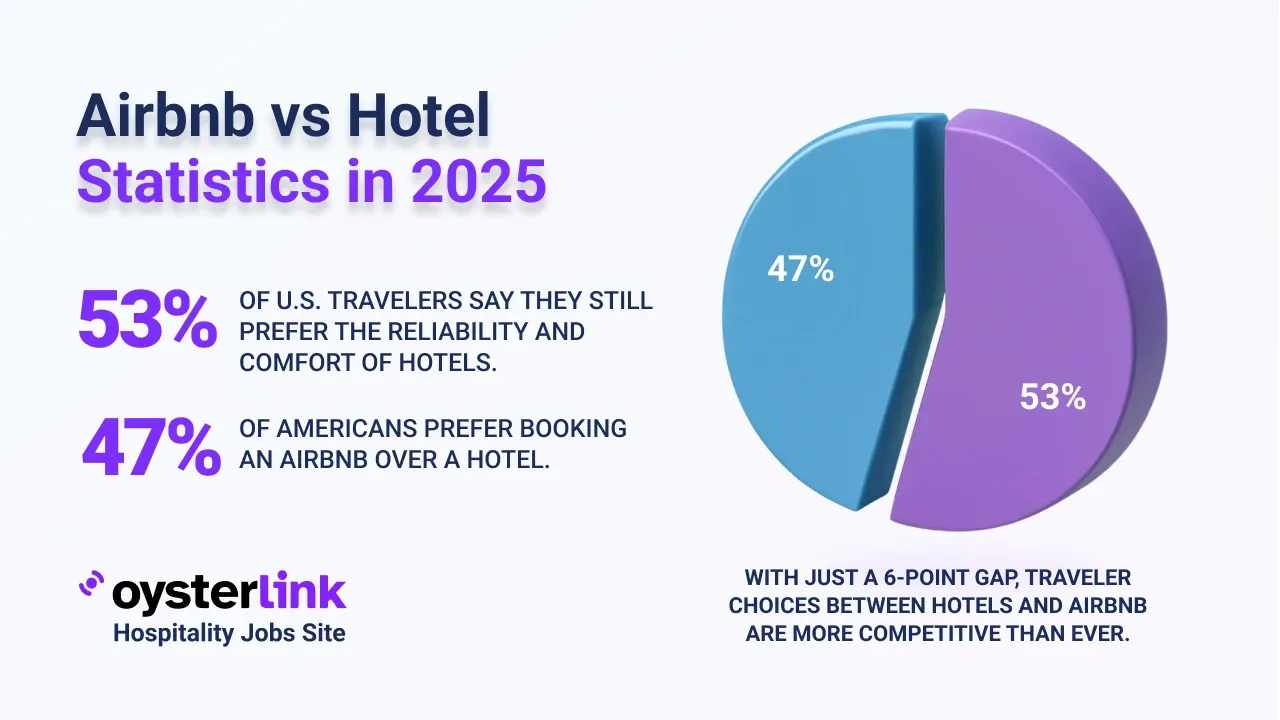Receptionist Onboarding Guide for New York City: Key Takeaways
- A structured 30-/60-/90-day onboarding plan helps new receptionists integrate effectively and build confidence.
- Early training focuses on company policies, technology setup, and team introductions, followed by skill development and increased autonomy.
- Compliance with New York State labor laws and cultural sensitivity are critical considerations in the onboarding process.
Implementing a detailed onboarding plan ensures receptionists in New York City become productive and valued team members.
This guide outlines clear objectives and tasks for each phase of onboarding with compliance tips specific to NYC.
For staffing support, see our hire a receptionist guide.
30-Day Plan for Receptionist Onboarding in New York City
The first month centers on orientation, essential training, and familiarization with the company’s environment.
Orientation and Company Overview
Begin by introducing the receptionist to your organization’s mission, vision, and values to align them with company culture.
Review the employee handbook, emphasizing attendance policies, dress code, confidentiality, and other workplace expectations.
Share this resource for role clarity: receptionist career overview.
Facility Tour and Technology Setup
Conduct a tour of the office highlighting emergency exits, restrooms, break areas, and supply rooms to build comfort and safety awareness.
Set up email accounts, phone lines, and other technology tools the receptionist will use daily.
Train on appointment scheduling and visitor management software to ensure proficiency in front desk operations.
For detailed responsibilities, review the receptionist job description.
Role-Specific Training and Team Introductions
Cover protocols for handling phone calls, greeting visitors, managing mail, deliveries, and coordinating with building security.
Introduce the new hire to department heads and key colleagues to foster early relationship building and understanding of internal workflows.
For hospitality settings, see this front desk job description.
Compliance Training in the First 30 Days
Complete mandatory training on workplace safety measures, anti-harassment policies, and data privacy compliance per New York regulations.
Stay current on regulations with our job posting compliance guide.
60-Day Plan for Receptionist Onboarding in New York City
The second phase shifts focus to skill enhancement and increased responsibility.
Advanced Technology and Communication Skills
Deepen familiarity with CRM systems and other relevant software applications used company-wide.
Encourage handling a higher volume of calls and visitor interactions with autonomy, along with drafting internal communications such as memos and announcements.
Use these receptionist interview questions to coach communication and service standards.
Event Coordination and Feedback Sessions
Have the receptionist support meeting planning by scheduling, setting up rooms, and coordinating catering.
Conduct bi-weekly feedback meetings with supervisors to review progress, clarify expectations, and address challenges.
Networking and Integration into the Team
Promote attendance at company events to build rapport with colleagues across departments, fostering a sense of belonging.
For broader playbooks, explore these onboarding process examples.
90-Day Plan for Receptionist Onboarding in New York City
This final phase emphasizes autonomy, leadership, and professional growth.
Process Evaluation and Mentorship
Encourage the receptionist to assess current administrative procedures and contribute ideas for efficiency improvements.
Offer opportunities to mentor new administrative staff or interns, providing guidance and sharing best practices.
Professional Development and Performance Review
Support enrollment in workshops or courses to enhance administrative and customer service skills.
Conduct formal performance reviews to discuss achievements and identify growth areas.
Map longer-term growth with this receptionist career path guide.
Setting Goals for Future Growth
Assist the receptionist in defining measurable objectives for skill development and career progression over the next six months.
For structuring milestones, see our 30-60-90 plan guide.
Additional Considerations for Receptionist Onboarding in New York City
New York City’s unique regulatory environment and cultural diversity require specific onboarding attention.
Local Labor Law Compliance
Ensure all onboarding and employment practices adhere to New York State labor laws, including wage and hour rules and paid sick leave policies.
Benchmark pay with current receptionist salary data.
Embracing Cultural Sensitivity
Foster awareness and respect for the city’s diverse population to create an inclusive and welcoming workplace.
Addressing Transportation and Punctuality
Provide guidance on navigating public transportation and managing commute times, given NYC’s traffic patterns, to support punctuality.
Receptionist Onboarding Checklist for New York City
- Days 1–30: Review employee handbook, provide facility tour, set up technology, introduce team, complete compliance training.
- Days 31–60: Train advanced software, increase call and visitor handling independence, assist with event coordination, attend feedback sessions.
- Days 61–90: Evaluate processes, mentor newcomers, pursue professional development, complete performance review, set future goals.
Legal and Government Resources for New York City Receptionist Onboarding
For ongoing compliance and detailed information, utilize these official resources:
- New York State Department of Labor – labor laws, wage regulations, and employee rights.
- New York City Human Rights Commission – guidance on workplace discrimination and cultural inclusion.
- U.S. Department of Labor Wage and Hour Division – federal regulations affecting hourly workers and compliance.
Conclusion: Receptionist Onboarding Guide for New York City
Using a structured 30-/60-/90-day onboarding plan tailored to New York City helps receptionists master their role efficiently while aligning with local laws and workplace culture.
This approach fosters a confident, capable front desk professional contributing positively to organizational success from day one.


.webp)
.webp)

